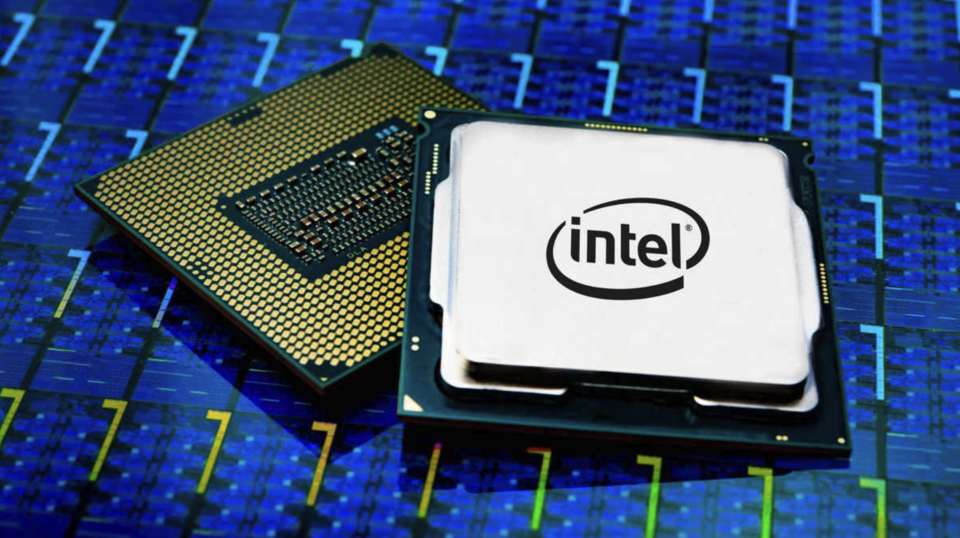Intel is reportedly considering selling its “Networking and Edge” (NEX) division, which handles communications infrastructure and edge computing technology. This move is part of a restructuring effort following Intel’s significant loss of $19 billion (approximately 26 trillion won) last year.
The NEX division deals with network equipment semiconductors and edge computing technology for real-time data processing. Edge computing refers to the technology of processing data directly at the generation site without sending it to the cloud, which is used in various fields such as autonomous vehicles, smart cities, and factory automation.
Intel has reported that this division generated $5.8 billion in revenue in 2024, representing roughly 11% of the company’s total revenue. Nevertheless, it experienced a slowdown in growth, with sales in the first quarter of this year declining by 8% to $1.4 billion compared to the same period last year.

Internally, Intel is reorganizing to integrate this division into major chip business units, moving network-related products to the data center and AI divisions, and edge products to the PC chip division. This move is seen as part of a comprehensive restructuring strategy announced by Lip-Bu Tan, who took over as CEO in March.
CEO Lip-Bu Tan stated, “We will simplify the overly complex organizational structure and focus on core business areas,” while implementing a high-intensity reform plan that includes reducing the workforce by up to 20%, selling assets, and cutting capital expenditures. Indeed, Intel has reduced around 23,000 jobs over the past two years.
The market analyzes that companies like Broadcom and Marvell might show interest in acquiring the NEX division. While Intel has not officially commented on this, the division’s value could be estimated at $20 billion to $25 billion if it is sold. The funds from the sale are expected to be used for next-generation semiconductor process development, research and development (R&D) investments, and debt reduction.
Industry experts believe that this decision will accelerate Intel’s strategic refocus. With the advent of the AI era and under competitive pressure from companies like NVIDIA, it is assessed that centralizing efforts on Intel’s core businesses of PCs and data centers is a survival strategy.
Wedbush Securities noted, “The core of Intel NEX is the communications infrastructure based on Xeon processors, and selling it separately might not be easy,” but also evaluated that “the possibility of a phased sale along with organizational restructuring is sufficient.”
There is a growing interest in how Intel’s transformation will reshape the future landscape of the global semiconductor market.